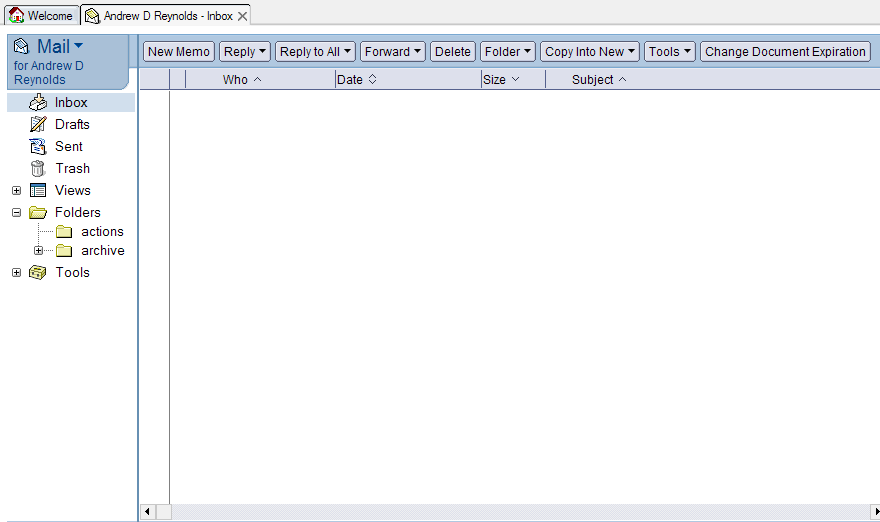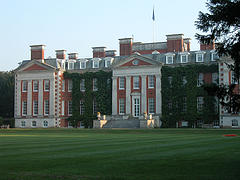When I joined IBM, out of college, I used to work in the HQ at North Harbour down in Portsmouth. Thats only 25 miles from Hursley. It was a suited and booted environment, lots of accountants and sales people, and us techies busy writing code for internal systems. We knew of Hursley, but it was a ‘research’ place a world away, very few of us visited. Then, and I remember it well, the project I was on was going to be relocated to Hursley. This was a shock for many people, but for me I thought that it would be great to be in the heart of research, with a big country house and acres of fields around. I think I was expecting Bletchley park, and lots of code breakers, in the cryptogarphic sense rather than the testing sense.
We duly moved in 1995 into Hursley. I have to say at the time it was a little dissapointing. We all ended up in an open plan office, sitting with the same people on the same project doing the same thing. The biggest difference was that I turned right out of my road on the way into work, not left. Now this observation is not all doom and gloom, or a negative reflection on Hursley. It is something that hits us in corporate life. Whilst a location, or area might have a certain buzz about it, its the people you work with day to day that make the difference. Back then, yes I sound old, we had little in the way of communications. Yes we had email, but email is not the way to get to together with like minded individuals outside of your department/office/cube. In 1997 I moved to join a group, the Interactive Media Centre, which was also based in Hursley. This was a complete change, even though I had been on site for 2 years, I had not met many of the people in this small group. It was a very different, graphic designers, producers and techies all together, all with very different perspectives. We grew on the internet/e-business wave.
This ability to move to other groups and have a complete change is very important. It is a social grouping, and it is about physically being in the same place, something that happens less and less in business. What has been interesting to me is how the world has altered, such that it is possible for people to gather and share ideas through things such as this blog (or any other blog), through websites, games etc. So it is now much more important for people to look at their virtual peripheral vision(VPV), to get involved with things in a structured way, or randomly as suits their style.
You do not have to make a complete commitment, moving site, moving department or changing your skillbase in order to get hooked up with people who you have an affinity too. Where you can spark some ideas around, show off or have serious discussions. The roots of this blog are people who happened to have ended up in Hursley, but who do different roles, have different personality types, but like to share thoughts and comments on a variety of topics. I am not suggesting people don’t move jobs, but if something is missing from your working life, its certainly worth exploring with your VPV.
Ian Hughes – ( Consulting IT Specialist Emerging Technology Services, IBM Hursley)






